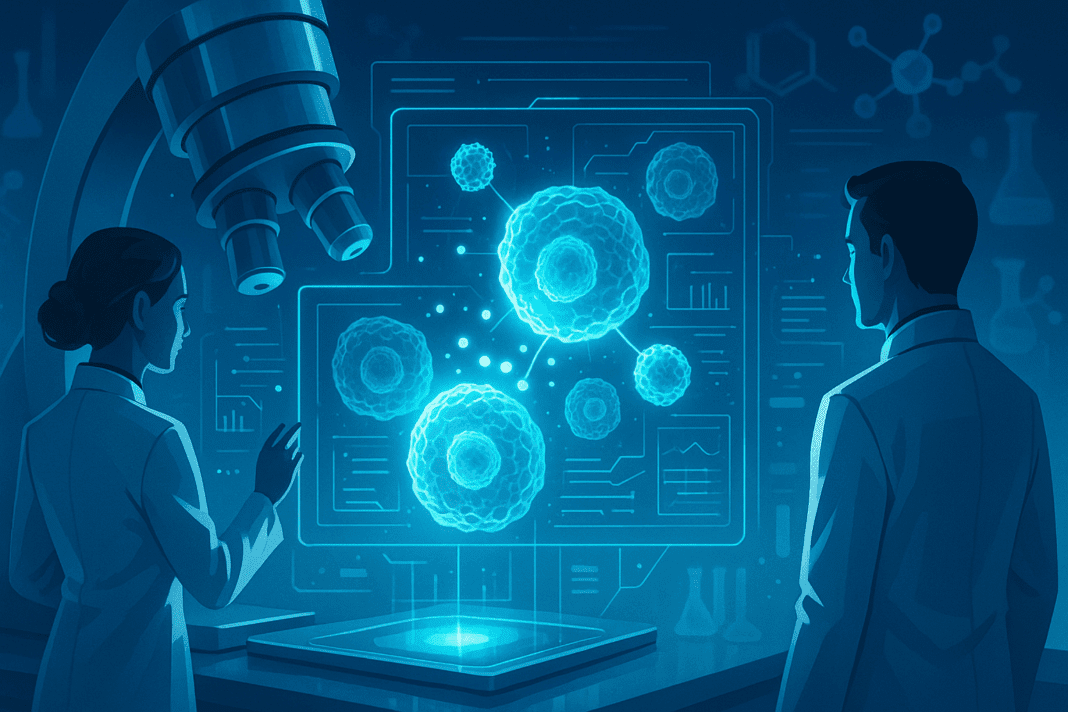The Rise of Nanotechnology in Modern Medicine
In recent decades, science has witnessed a dramatic shift in the landscape of biomedical innovation, with one of the most significant transformations emerging from the field of nanotechnology. Once a speculative frontier of science fiction, nanotechnology has now firmly established itself as a critical driver of progress across multiple domains, especially in medicine. This evolution signals a fundamental change not only in how diseases are treated but also in how they are detected and understood at the molecular level. As we look toward the nanotechnology future, it becomes evident that this discipline is no longer a promise of tomorrow but a foundational pillar of today’s and tomorrow’s medical breakthroughs.
You may also like: Advancements in Healthcare Technology: How Emerging Innovations Are Transforming Patient Care
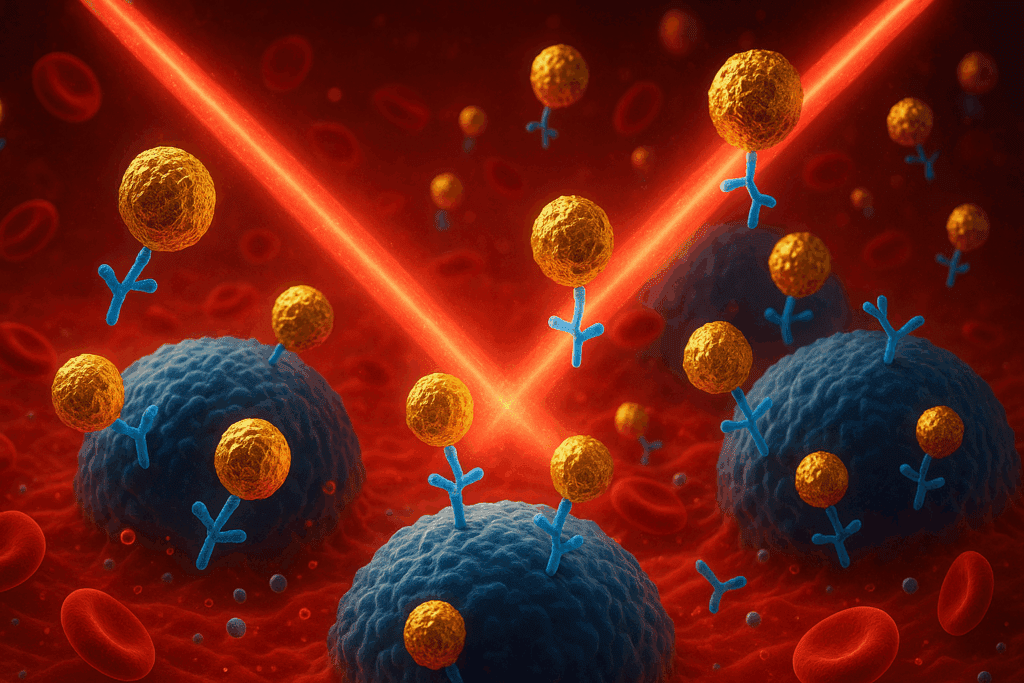
Nanotechnology involves manipulating matter at the scale of atoms and molecules, typically at dimensions of less than 100 nanometers. At such a small scale, materials exhibit unique properties that can be harnessed for medical purposes, including enhanced reactivity, greater strength, and novel electrical or magnetic behaviors. These attributes enable the development of highly sophisticated tools and devices for diagnosing, monitoring, and treating complex diseases with unprecedented precision. The nanotech future promises not only to transform the tools at our disposal but to redefine the very goals and capabilities of medicine.
As the applications of nanotechnology expand, we are beginning to see a paradigm shift where early detection and personalized therapies become the norm. The conventional model of generalized treatment regimens is being replaced by finely tuned, targeted approaches that leverage the power of nanoscale engineering. This advancement opens new doors in the fight against some of the most challenging health conditions, including cancer, neurodegenerative disorders, and infectious diseases. The journey into the nanotechnology future is not just about new tools; it is about a fundamental reimagining of medicine itself.
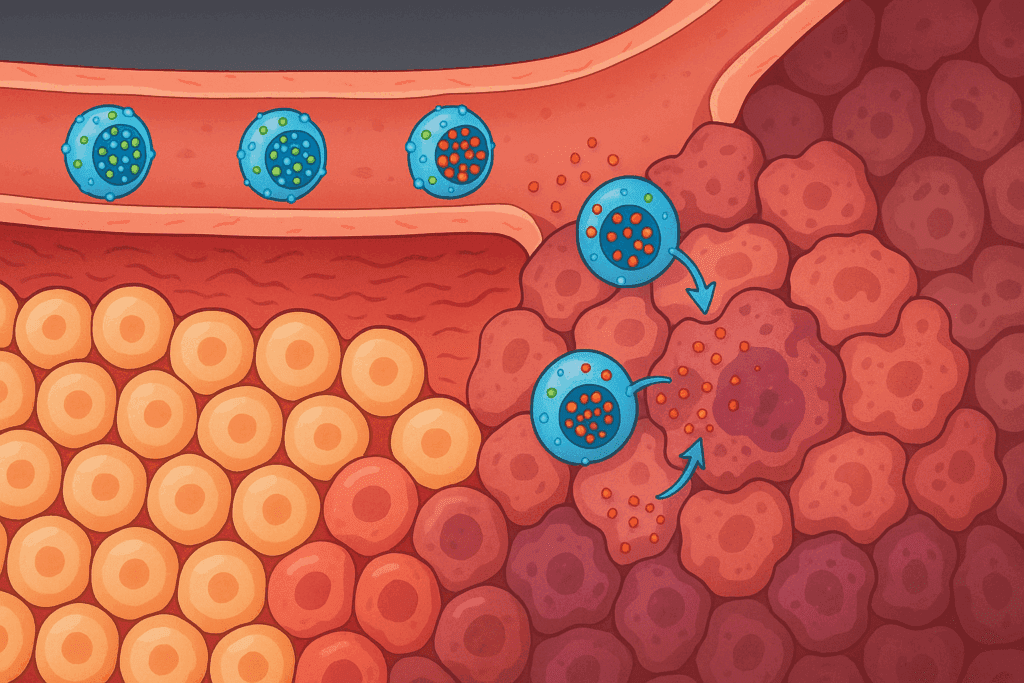
Nanodiagnostics: Revolutionizing Early Disease Detection
Perhaps one of the most profound ways nanotechnology is reshaping healthcare is through the development of nanodiagnostics. Traditional diagnostic methods, while effective, often detect diseases only after symptoms have appeared or after the disease has progressed to a critical stage. This delay can significantly impact prognosis, particularly for conditions like cancer and neurodegenerative diseases, where early intervention is vital. Nanotechnology offers the promise of earlier, more accurate detection through techniques that operate at the molecular and even sub-cellular levels.
Nanoparticles can be engineered to seek out and bind to specific biomarkers associated with particular diseases. These biomarkers may be proteins, nucleic acids, or other molecular signals indicative of disease. Once attached, the nanoparticles can be detected using specialized imaging techniques, allowing for real-time visualization of disease processes before they manifest in symptoms. This capacity to “see” disease at its inception marks a significant leap forward in preventive medicine and individualized healthcare.
In cancer diagnostics, for instance, gold nanoparticles conjugated with tumor-targeting ligands have been shown to enhance the sensitivity of imaging modalities like MRI and CT scans. These engineered particles not only improve detection rates but also reduce the need for invasive biopsy procedures. The nanotech future holds particular promise in enabling liquid biopsies—non-invasive tests that detect circulating tumor DNA or cells in bodily fluids such as blood. By integrating nanotechnology into these tests, researchers can achieve higher sensitivity and specificity, making routine screening more effective and accessible.
Beyond oncology, nanodiagnostics is also making strides in infectious disease surveillance. During the COVID-19 pandemic, nanoparticle-based rapid tests were developed to detect viral proteins with high accuracy. These advancements underscore the potential for nanotechnology to contribute to global public health by enabling faster response times during outbreaks and reducing the burden on healthcare systems. As we deepen our understanding of disease markers and nanoparticle interactions, the scope and precision of nanodiagnostics will only continue to grow, cementing its role in the next generation of medical diagnostics.
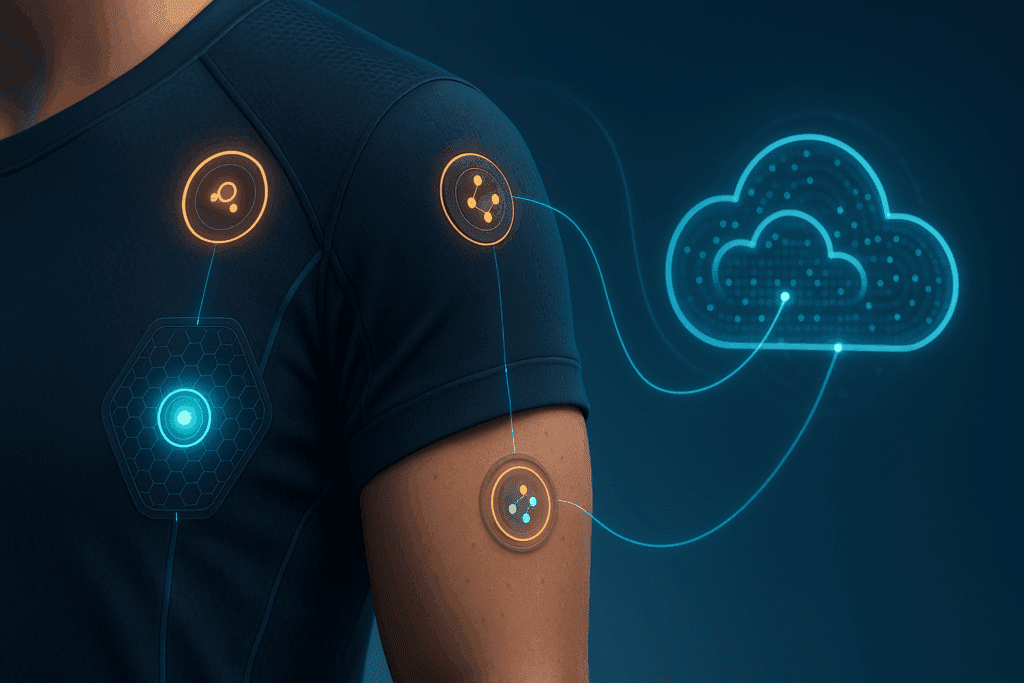
Targeted Nanotherapy: Precision Medicine at the Molecular Level
While early detection is crucial, the real power of nanotechnology lies in its ability to deliver therapeutic agents with unprecedented accuracy. Traditional drug delivery methods often suffer from systemic distribution, where drugs affect both healthy and diseased tissues, leading to side effects and reduced efficacy. The nanotechnology future envisions a world where treatments are not only effective but also precisely targeted, minimizing collateral damage and maximizing therapeutic outcomes.
Nanocarriers such as liposomes, dendrimers, and polymeric nanoparticles can be designed to encapsulate drugs and release them only in the presence of specific triggers—such as pH changes, enzymes, or temperature variations—that are characteristic of the diseased environment. For example, in cancer therapy, nanoparticles can be engineered to release chemotherapeutic agents only within tumor tissues, thereby sparing healthy cells and improving patient tolerance to treatment.
One notable application of this strategy is in the treatment of brain tumors, where the blood-brain barrier (BBB) presents a formidable obstacle to drug delivery. Nanotechnology enables the design of particles that can cross this barrier and deliver drugs directly to affected brain regions. This capability represents a groundbreaking development for conditions like glioblastoma and Alzheimer’s disease, where effective treatment options have long been limited by the BBB.
Moreover, the nanotech future is exploring the concept of theranostics—integrating therapeutic and diagnostic functions within a single nanosystem. These platforms can deliver treatment while simultaneously monitoring the therapeutic response, allowing for real-time adjustments and truly personalized care. This convergence of diagnosis and therapy signifies a new era in precision medicine, where feedback-driven interventions become the standard rather than the exception.
Nanotechnology is also paving the way for gene therapy by facilitating the safe and efficient delivery of genetic material into target cells. Non-viral nanoparticle vectors offer a promising alternative to traditional viral vectors, which carry risks of immune response and insertional mutagenesis. As gene editing technologies like CRISPR advance, the need for reliable delivery systems becomes even more critical, and nanotechnology is well-poised to meet this challenge.

Innovations in Nanomedicine for Chronic and Degenerative Diseases
Chronic illnesses and degenerative diseases pose some of the most persistent challenges to global health. Conditions such as diabetes, cardiovascular disease, and neurodegeneration demand long-term management strategies that balance efficacy with safety. The advent of nanotechnology has introduced novel approaches that enhance the management and treatment of these conditions in ways previously unattainable.
In diabetes care, for instance, nanotechnology is enabling the development of glucose-sensitive nanoparticles that release insulin in response to rising blood sugar levels. This smart drug delivery system mimics the natural function of pancreatic beta cells, reducing the frequency of injections and improving glycemic control. By offering a more physiological response, these innovations can significantly improve quality of life for individuals with diabetes and reduce the risk of complications.
Cardiovascular diseases, a leading cause of mortality worldwide, also stand to benefit from advances in nanomedicine. Researchers have developed nanoparticles that target atherosclerotic plaques and deliver anti-inflammatory or cholesterol-lowering drugs directly to affected sites. These targeted therapies can halt or even reverse plaque progression, potentially reducing the incidence of heart attacks and strokes. Additionally, nanoscale sensors implanted in blood vessels can monitor physiological parameters and alert clinicians to impending cardiovascular events, facilitating timely interventions.
In the realm of neurodegenerative diseases, nanotechnology offers tools for both diagnosis and treatment. For example, magnetic nanoparticles can be used to track the accumulation of beta-amyloid plaques in Alzheimer’s disease, providing insights into disease progression and treatment efficacy. Simultaneously, therapeutic nanoparticles are being explored for their ability to cross the BBB and deliver neuroprotective agents directly to affected neurons. The nanotech future could thus transform how we understand and manage these debilitating conditions, offering hope where few effective therapies currently exist.
Furthermore, wearable nanosensors embedded in fabrics or applied to the skin are emerging as valuable tools for continuous health monitoring. These devices can measure biomarkers like sweat glucose, lactate, and electrolyte levels in real-time, providing critical data for managing chronic conditions. Such innovations highlight the broader implications of nanotechnology beyond acute care, as it evolves into a cornerstone of long-term health maintenance and disease prevention.
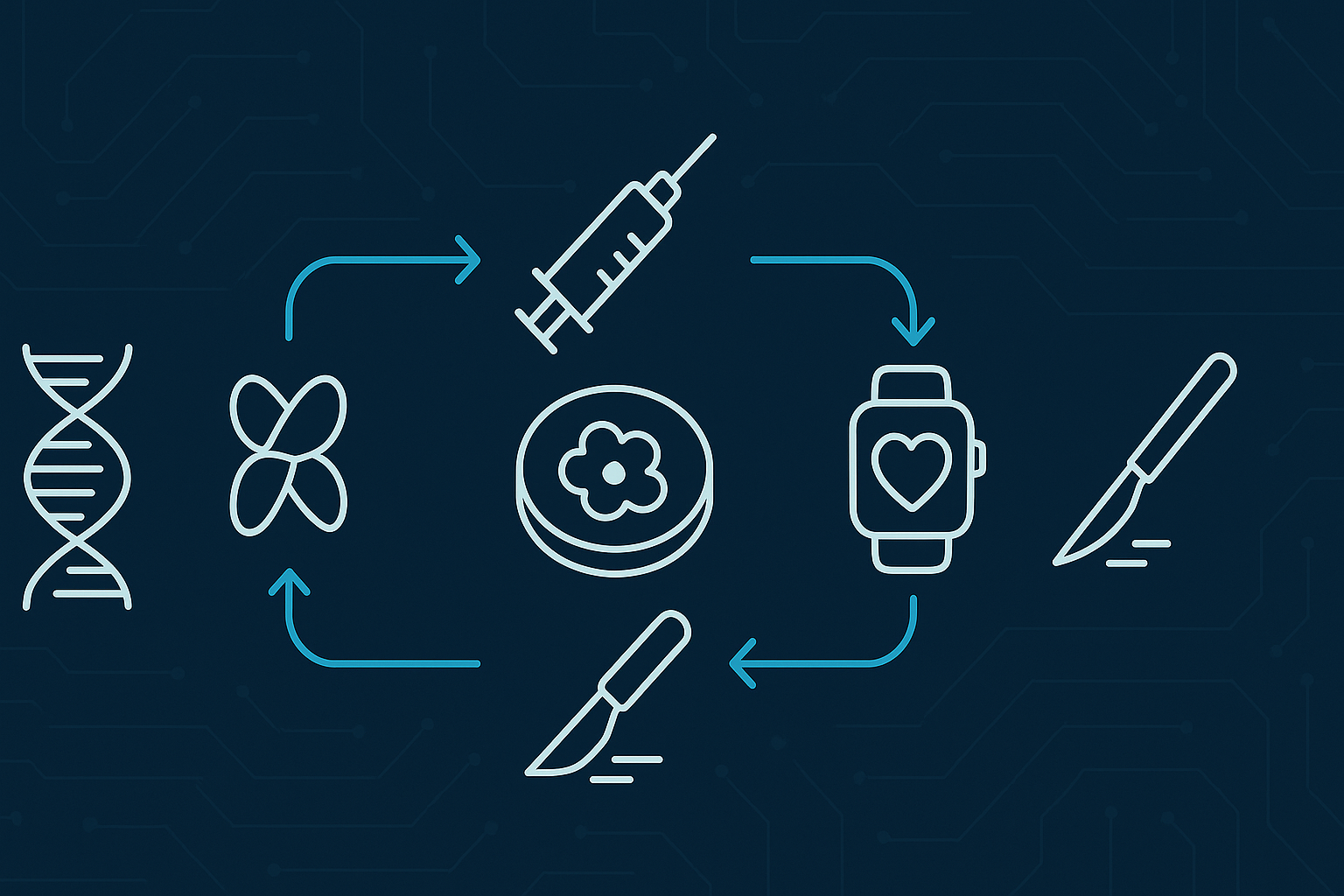
Nanotechnology and the Future of Personalized Medicine
Personalized medicine aims to tailor healthcare based on individual genetic, environmental, and lifestyle factors. The integration of nanotechnology into this paradigm is accelerating its realization by enabling tools and treatments that are uniquely suited to each patient’s biological makeup. By addressing the heterogeneity of disease at the molecular level, nanotechnology allows for interventions that are both more precise and more effective.
Genomic and proteomic profiling can identify patient-specific biomarkers that guide the design of targeted nanotherapies. For instance, a patient with a particular mutation in a cancer-related gene may receive nanoparticles loaded with a drug that specifically inhibits that gene’s protein product. This approach contrasts sharply with the one-size-fits-all model of traditional medicine, which often fails to account for individual variability.
Moreover, the nanotech future promises to integrate real-time data analytics with nanomedical interventions. Advanced nanosensors can continuously monitor physiological changes and transmit data to cloud-based platforms, where machine learning algorithms analyze the information and provide actionable insights. This feedback loop enables dynamic treatment adjustments, ensuring that therapies remain effective as the patient’s condition evolves.
Pharmacogenomics—the study of how genes affect a person’s response to drugs—is also being enhanced by nanotechnology. Nanoparticles can be designed to carry drugs that are metabolized differently based on genetic variants, ensuring optimal dosing and reducing the risk of adverse effects. This level of customization not only improves outcomes but also increases patient adherence by minimizing side effects.
From oncology to rare genetic disorders, the synergy between personalized medicine and nanotechnology is creating a new standard of care. Patients are no longer passive recipients of generalized treatments; they are active participants in a healthcare model that recognizes their unique biological and genetic identities. As this integration deepens, the boundaries of what medicine can achieve will continue to expand, guided by the precision and adaptability of nanotechnology.
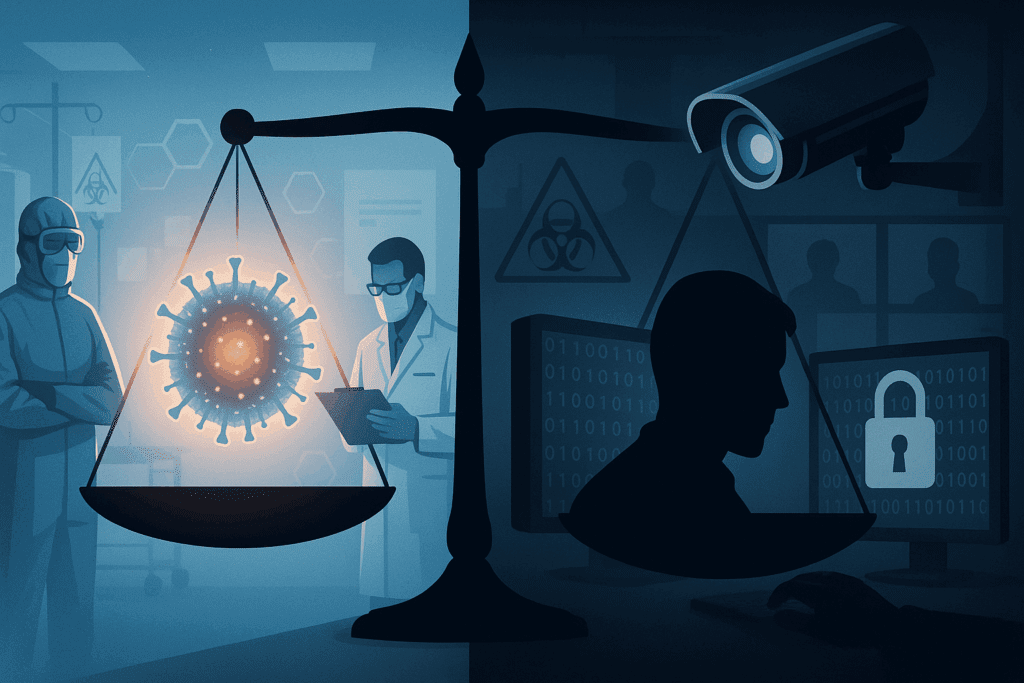
Ethical, Regulatory, and Safety Considerations in Nanomedicine
Despite the tremendous potential of nanotechnology in medicine, its advancement raises important ethical, regulatory, and safety considerations. The very properties that make nanoparticles effective—their small size and high reactivity—also pose risks if not carefully controlled. As such, ensuring the responsible development and deployment of nanomedical technologies is paramount.
One primary concern is biocompatibility. Nanoparticles introduced into the body must not provoke unintended immune responses or accumulate in organs where they may cause long-term toxicity. Rigorous preclinical testing and long-term studies are essential to assess these risks. The regulatory landscape is evolving to address these challenges, with agencies like the FDA and EMA developing frameworks specifically for nanomedicine evaluation.
Transparency and informed consent are also critical ethical issues. Patients must be made aware of the novel nature of nanotechnological treatments and the potential risks involved. This is particularly important in clinical trials, where experimental therapies may have unknown long-term consequences. Establishing clear communication channels between researchers, clinicians, and patients is essential for maintaining trust.
Additionally, disparities in access to nanomedical innovations must be addressed to prevent widening the healthcare gap. As these technologies advance, ensuring equitable distribution and affordability is vital. Policies that promote inclusive research and subsidize access for underserved populations can help achieve this goal.
Finally, the dual-use nature of some nanotechnologies raises biosecurity concerns. Particles designed for medical imaging or drug delivery could, in theory, be repurposed for harmful applications. Ongoing dialogue between scientists, ethicists, and policymakers is necessary to ensure that the nanotech future unfolds in a way that maximizes benefits while minimizing risks.
Frequently Asked Questions: Reimagining Medicine Through the Nanotechnology Future
1. How will the nanotech future impact preventive healthcare strategies?
The nanotech future promises to elevate preventive healthcare by shifting focus from reactive treatment to proactive monitoring. Advanced nanosensors can be integrated into wearable devices to detect subtle biochemical changes before symptoms emerge, allowing early intervention. Unlike traditional checkups, these continuous monitoring tools offer a dynamic view of the body’s internal environment. For instance, fluctuations in inflammatory markers or hormonal levels can be tracked in real-time, prompting timely lifestyle or therapeutic adjustments. As such, the future of preventive care will increasingly rely on these nanoscale technologies to guide personalized wellness strategies and reduce the long-term burden of chronic disease.
2. What are some overlooked applications of nanotechnology in medical rehabilitation?
One of the lesser-known yet promising aspects of the nanotechnology future is its role in medical rehabilitation. Nanomaterials are being developed to create smart prosthetics that mimic the sensory feedback of natural limbs, significantly enhancing motor recovery in amputees. Additionally, nanoscale scaffolds can be implanted to encourage tissue regeneration after musculoskeletal injuries. These materials are often bioactive and promote cellular adhesion, growth, and differentiation. Over time, such innovations may enable faster, more effective healing and could even help restore function in cases once thought irreversible.
3. How could the nanotech future reshape pharmaceutical manufacturing and drug stability?
The nanotech future is likely to overhaul how medications are formulated and preserved. Nanotechnology allows for the encapsulation of active pharmaceutical ingredients in carriers that protect them from degradation, thereby extending shelf life and enhancing bioavailability. Moreover, nanomanufacturing techniques support precision dosing, which reduces variability in drug effectiveness and adverse reactions. With growing demand for individualized therapies, this approach could also lead to on-demand drug fabrication tailored to the patient’s genetic profile. This shift would make pharmaceutical production not only more efficient but also more responsive to clinical needs.
4. Are there psychological or behavioral implications of integrating nanotechnology into personal health devices?
Absolutely. As nanotechnology becomes embedded in personal health devices, it introduces unique psychological dynamics that affect user behavior. On one hand, having real-time biomarker data can empower individuals to make healthier decisions and feel more in control of their health. However, constant access to detailed physiological information may also trigger health anxiety or lead to obsessive tracking behaviors. The nanotechnology future must consider how to design interfaces and feedback systems that promote balanced engagement rather than digital dependency or fear-based reactions. Ethical design will be key in maintaining a healthy user experience.
5. Can nanotechnology play a role in managing global health crises beyond diagnostics?
Yes, the potential of the nanotechnology future extends well beyond disease detection during global health emergencies. Nanoparticles can be engineered to stabilize vaccines, making them more resilient to heat and thus easier to distribute in regions lacking cold-chain infrastructure. Moreover, nanomaterials can be used to develop antimicrobial surfaces that reduce pathogen transmission in high-risk settings like hospitals and transportation hubs. There’s also growing interest in nanofabricated air filtration systems that can neutralize airborne viruses, creating safer indoor environments. In the long term, nanotechnology could offer scalable, low-cost solutions to mitigate public health threats in resource-limited areas.
6. How might nanotechnology influence future surgical practices?
The nanotech future is likely to revolutionize surgical procedures by enhancing precision and reducing recovery times. Nanosurgical tools, such as molecular scalpels and smart probes, are being developed to perform operations at the cellular or even sub-cellular level. These tools can remove diseased tissue without harming adjacent healthy structures, a key advancement for neurosurgery and ophthalmology. Additionally, nanocoatings on surgical instruments can reduce bacterial adhesion, lowering infection risks. Post-surgery, nanomaterials can be used to promote faster wound healing and reduce scar formation, making surgeries not only more effective but also less invasive.
7. What are the educational challenges posed by the nanotechnology future in healthcare?
As nanotechnology permeates healthcare, medical education must evolve to equip future professionals with a deep understanding of nanoscale biology and engineering. One challenge is the interdisciplinary nature of nanomedicine, which requires proficiency in both life sciences and material sciences. Medical schools and training programs will need to develop new curricula and cross-disciplinary modules. Additionally, clinicians must learn how to interpret nanodiagnostic data and explain complex nanomedical treatments to patients in accessible terms. Bridging this educational gap is essential to ensure that healthcare providers can confidently integrate nanotech tools into clinical practice.
8. How is the nanotechnology future shaping veterinary medicine and animal health?
Veterinary medicine is increasingly exploring the benefits of nanotechnology, particularly for diagnostics and drug delivery in animals. For instance, nanoparticle-based formulations are being used to treat parasitic infections more effectively and with fewer side effects. In livestock, nanosensors are being trialed to monitor stress hormones and detect disease early, which could improve animal welfare and reduce antibiotic use. The nanotechnology future in animal health also includes environmental applications, such as using nanotech-enhanced feed to improve nutrient absorption and decrease waste. These developments have implications for both companion animals and agricultural practices.
9. What are the long-term implications of nanotechnology on medical ethics and patient autonomy?
The integration of nanotechnology into medicine raises profound ethical questions, particularly regarding privacy, informed consent, and autonomy. As nanosensors become capable of continuous internal monitoring, there’s potential for data over-collection and misuse by third parties, including insurers and employers. Moreover, the complexity of nanomedical systems may challenge patients’ ability to fully understand their treatment options, potentially compromising truly informed consent. The nanotech future must therefore prioritize transparency and develop robust regulatory frameworks that protect patient rights. Ensuring ethical alignment between technological innovation and patient empowerment will be critical for maintaining public trust.
10. How could nanotechnology intersect with regenerative medicine in the future?
The intersection of regenerative medicine and nanotechnology is one of the most exciting frontiers in biomedical science. Nanoscaffolds can be engineered to mimic the natural extracellular matrix, guiding stem cell differentiation and tissue regeneration. These structures can be customized for specific organs, making them useful in the repair of heart, liver, and cartilage tissues. Additionally, nanotech is enabling the creation of 3D-printed tissues with embedded nanoparticles that control cellular behavior through mechanical or biochemical signals. In the nanotechnology future, we may see entire organ systems rebuilt using these techniques, drastically reducing reliance on donor transplants and improving quality of life for patients with degenerative diseases.
Conclusion: A Glimpse into the Nanotech Future of Medicine
The evolution of nanotechnology from theoretical concept to clinical application marks a turning point in the history of medicine. As the field continues to mature, its influence on disease detection, treatment, and prevention will only grow stronger. From nanodiagnostics that enable early intervention to targeted therapies that spare healthy tissue, the contributions of nanotechnology are reshaping the very foundations of healthcare.
Looking ahead, the convergence of nanotechnology with other emerging disciplines such as artificial intelligence, synthetic biology, and regenerative medicine is likely to yield even more transformative outcomes. Imagine nanoscale robots that patrol the bloodstream, seeking out and destroying cancer cells before they can form tumors, or smart implants that adapt to changes in a patient’s physiology and administer drugs accordingly. These visions are no longer relegated to science fiction but are actively being pursued in laboratories around the world.
The nanotechnology future holds not just the promise of better medicine but of a more humane, responsive, and personalized healthcare system. As we navigate the challenges of development, regulation, and ethical responsibility, one thing remains clear: nanotechnology has the potential to make medicine not only more effective, but also more compassionate and patient-centered.
In embracing this future, it is crucial that we remain committed to the principles of scientific rigor, equity, and transparency. Only then can we fully harness the promise of nanotechnology to create a world where disease is not only treated more effectively but often prevented altogether. The age of nanomedicine is upon us—and its possibilities are as limitless as the imagination and innovation driving it forward.
Was this article helpful? Don’t let it stop with you. Share it right now with someone who needs to see it—whether it’s a friend, a colleague, or your whole network. And if staying ahead on this topic matters to you, subscribe to this publication for the most up-to-date information. You’ll get the latest insights delivered straight to you—no searching, no missing out.
Further Reading:
The Promise of Nanotechnology in Personalized Medicine
Emerging Applications of Nanotechnology in Healthcare and Medicine
Disclaimer
The information contained in this article is provided for general informational purposes only and is not intended to serve as medical, legal, or professional advice. While MedNewsPedia strives to present accurate, up-to-date, and reliable content, no warranty or guarantee, expressed or implied, is made regarding the completeness, accuracy, or adequacy of the information provided. Readers are strongly advised to seek the guidance of a qualified healthcare provider or other relevant professionals before acting on any information contained in this article. MedNewsPedia, its authors, editors, and contributors expressly disclaim any liability for any damages, losses, or consequences arising directly or indirectly from the use, interpretation, or reliance on any information presented herein. The views and opinions expressed in this article are those of the author(s) and do not necessarily reflect the official policies or positions of MedNewsPedia.


